Shopping malls have been evolving according to shifts in global trends and consumer needs. Major department stores once anchored these commercial buildings, but today they offer work, lifestyle, and play destinations. Now shopping malls are a retail mix, such as restaurants, entertainment, residences and office spaces. Also, changing consumer shopping behaviour and movement towards e-commerce have added to the requirement for reinvention to meet customers’ needs. New demands require malls to put more effort into creating a safe and pleasant environment, customising services and taking action on customers’ insights.
However, the traditional approach needs to upgrade to stimulate purchases as customers find multiple options under one roof, increasing their revenue and competition among business owners. In this regard, using smart technologies can assist in applying a customer-centric approach (what customers want and ensuring a safe and comfortable experience during their visits) and greater service to increase customer loyalty. So, more than traditional marketing and discount promotions, shopping malls need modern technologies that can help in the analysis and optimisation of the customer journey, gamify their customer experience by extending the time spent in the shopping mall and enhancing the average transaction value and location-based marketing. So, this blog post will explore the leading technologies that can revolutionise shopping malls.
Technologies Changing the Future of Shopping Centres
Shopping centres have been facing huge challenges due to prevailing online shopping. One of the ways to meet such a challenge is to become more experience-focused by integrating novel innovations. Instead of offering the largest selection of stores with the largest quantity of products, shopping centres can focus more on the customer experience and remain relevant and appealing to customers.
Furthermore, the following advanced technological options are some of the best technologies used to enhance the customer experience and remain attractive to customers.
Augmented Reality (AR)
Shopping malls are always crowded with people, and shops are located one after the other in complex structures. It’s easy to get lost, even if you are looking for shops you have been to. Hence, directions through navigation in augmented reality (AR) can be useful for such spaces.
However, navigating the shopping mall saves time in searching for directions in shopping malls. It will improve customer experience, increase customers’ loyalty, and stimulate purchases. Another benefit includes indoor AR navigation, which assists visitors in finding the shortest or predetermined route to their point of interest (shop, restaurant etc.).
Visitors having precise navigation to a parked car gives a competitive edge to shopping malls. Because it will save them time instead of wasting time looking for a vehicle in a crowded parking lot; additionally, with AR navigation, a customer can promptly reach their car without needing to walk for a long time with heavy bags.
Similarly, AR is an excellent tool for visualising and presenting goods. It can enable the manager to improve advertising, customer experience, present shops and interests, etc. Furthermore, providing a unique AR experience attracts more visitors and gives an extra platform for advertising and communication with customers leading to higher revenue. For instance, shopping has AR technology where a customer can play, have fun, send pictures to social networks and purchase goods simultaneously, increasing retailers’ revenue.
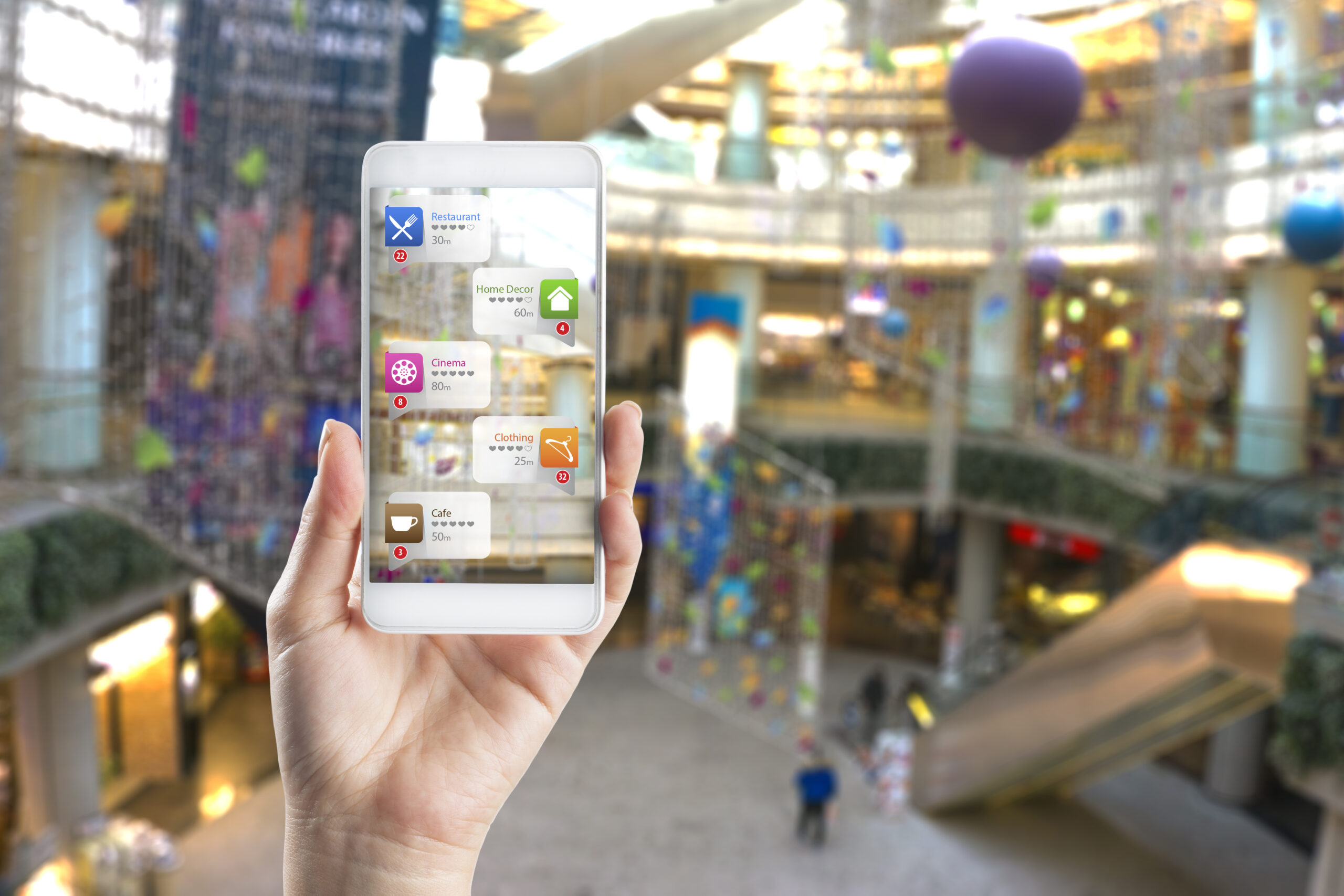
Digital Twins
Digital twin creation assists in setting up navigation routes, managing AR content to engage customers and posting this content with high fidelity in the right places creating a unique customer experience. Although analysts identify digital twin technology as part of the Retail 4.0 digital transformation process- an approach that collects real-world data from the physical retail environment and then utilises this data to understand customer behaviour and their actions in a better way. It is an affordable solution, as it can be combined with 3D maps, which doesn’t require expensive devices or hardware and can be made with a mobile phone.
Other benefits include:
Predicting the leading retail space.
The movement of customers and employees.
Visualising the inventory location, which in turn simplifies and increases the speed and quality of facility management.
Location-Based Marketing
Smartphone users hardly ever part with their mobile devices, so the customer’s location data received through his smartphone is the strongest indicator of what he likes and doesn’t. Hence, location-based promotions drive sales and increase visitors’ attraction to shops. Indeed location-based marketing is much more effective than traditional marketing. Similarly, in-app advertising can show deals, special offers, new collections and other promo information for customers before entering the shop. Moreover, it is more profitable for shopping malls than ordinary advertising since the content can be updated easily within the system, and banners do not need to be printed. So, shopping malls can engage more customers and enhance revenue by utilising both marketing technologies.
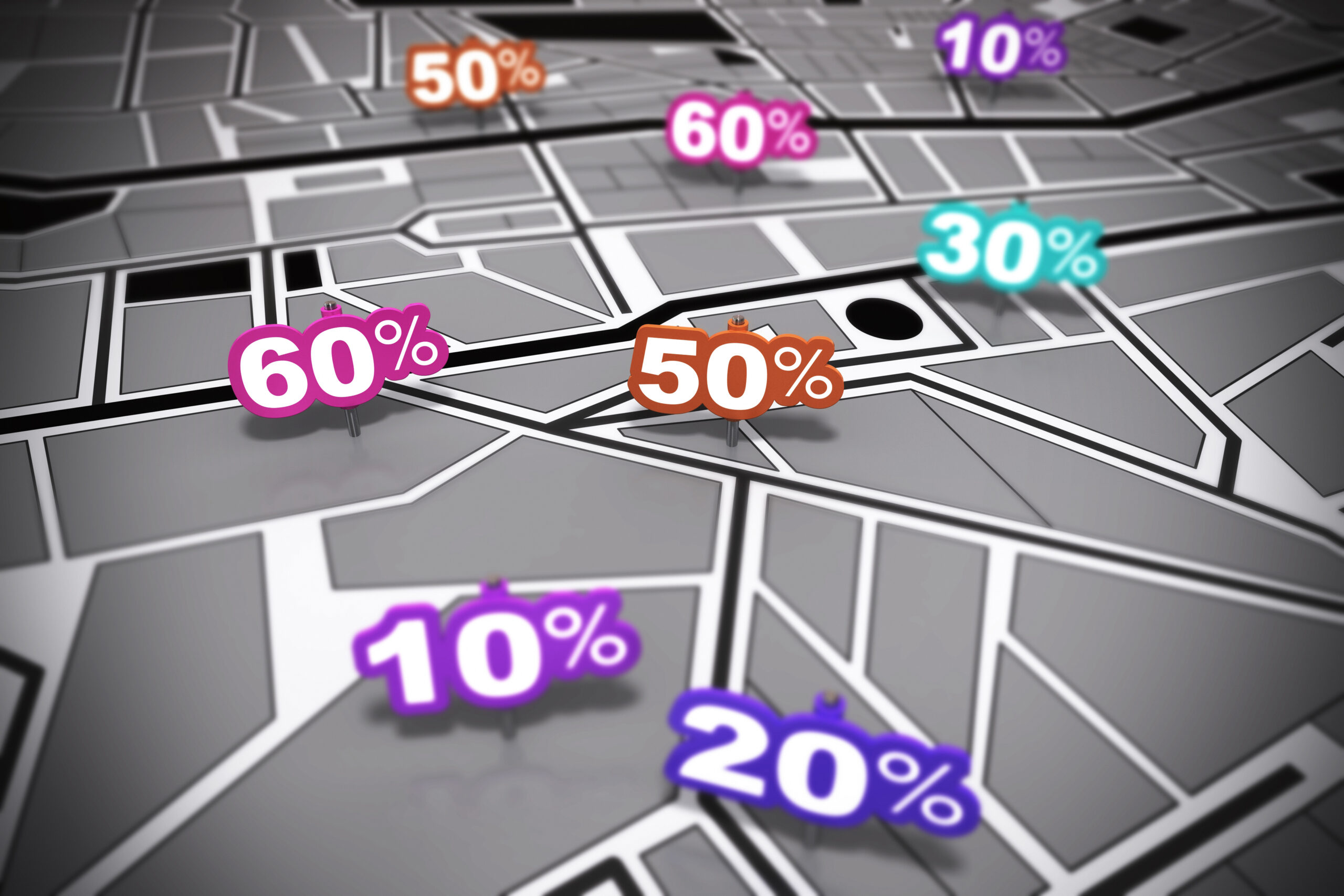
Multi-Sensor Technology
The incorporation of sensory experience will be the key component to engage and attract more customers. However, the tactile experience will become more and more pertinent with digitisation. Due to this technology, store space will become a place where all customers’ senses will be used to experience products with the help of multi-sensor technology.
Interactive Apps
In this modern era, interactive apps are a great way to personalise the shopping centre experience and make it more interesting to customers. Nonetheless, these apps allow stores to leverage novel innovations to communicate easily with customers and promote their products.
Shop owners can send “come in” messages to users nearby their stores using an app. Also, these apps include interactive maps, highlight must-visit stores and provide information to users regarding various stores. Moreover, personal promotions, daily offers, events and festivals shopping list features can be executed to boost sales throughout the shopping centre.
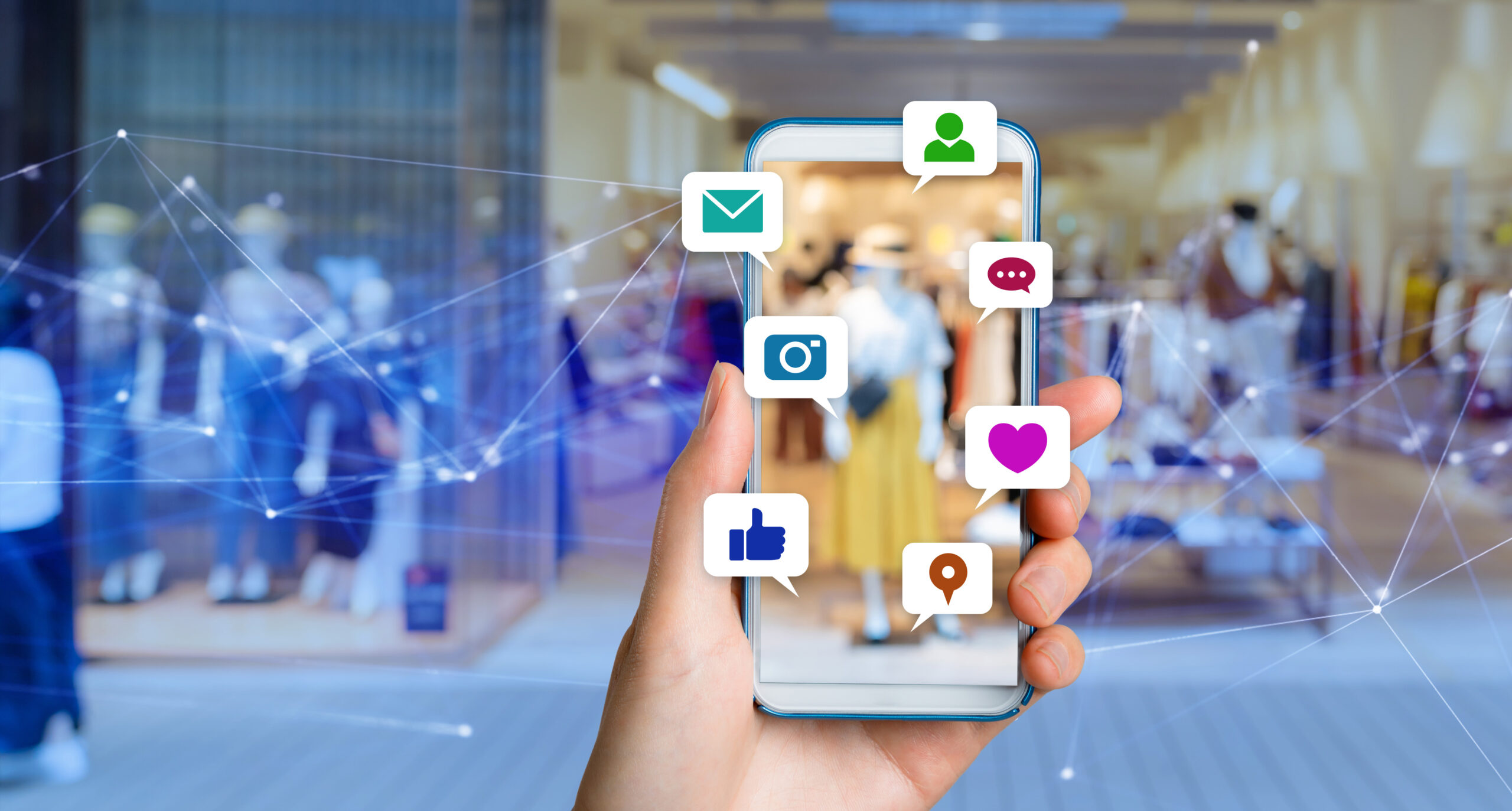
Conclusion
Through the use of smart technology, the future shopping centre will be a remarkably different place that will focus on the customer’s overall experience. Technologies such as Augmented Reality, Multi-sensory technology, digital twin, and location-based and in-app advertising can help shopping centres to compete with the convenience of online shopping through a certain experience that online retailers cannot match.
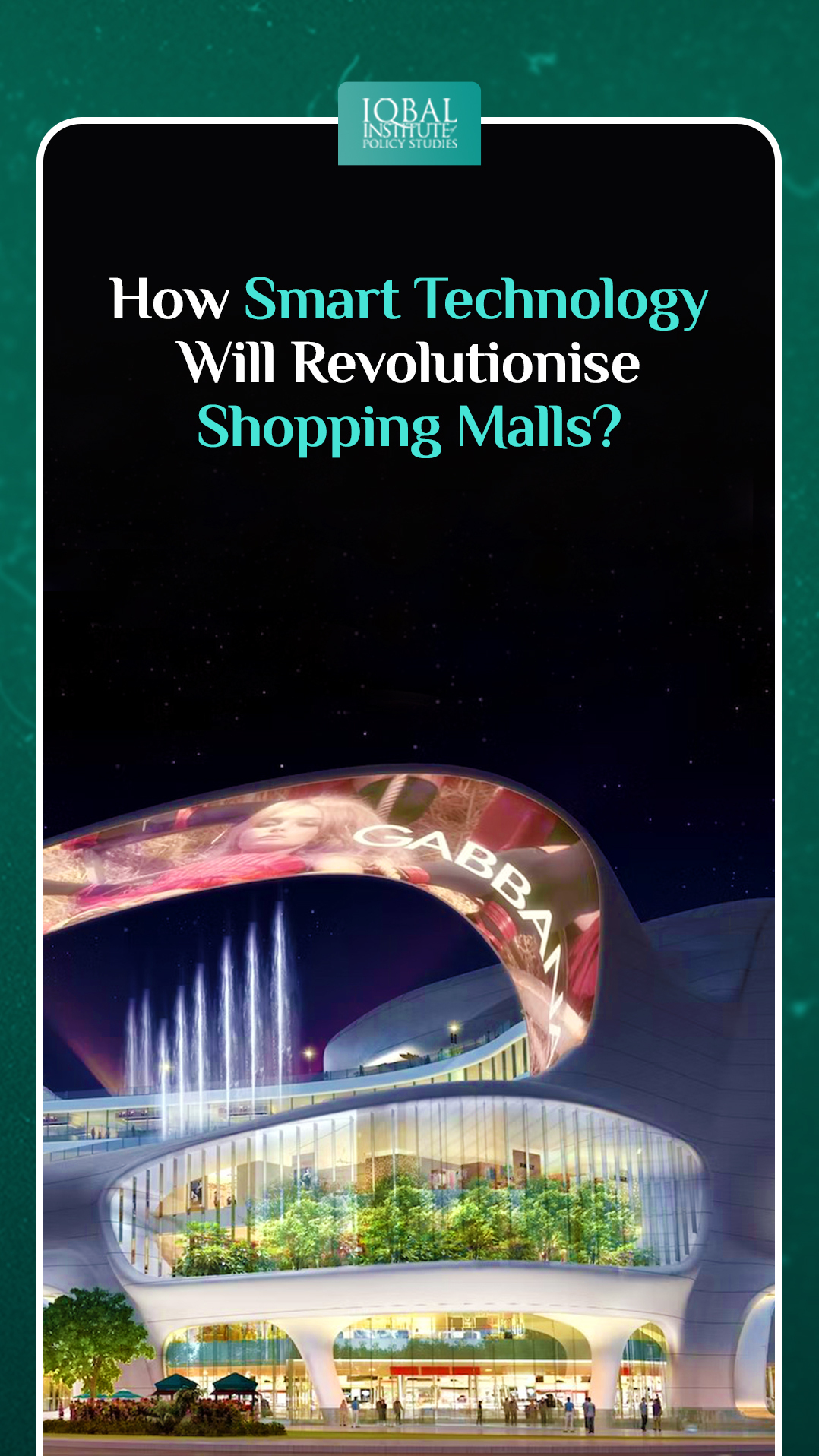

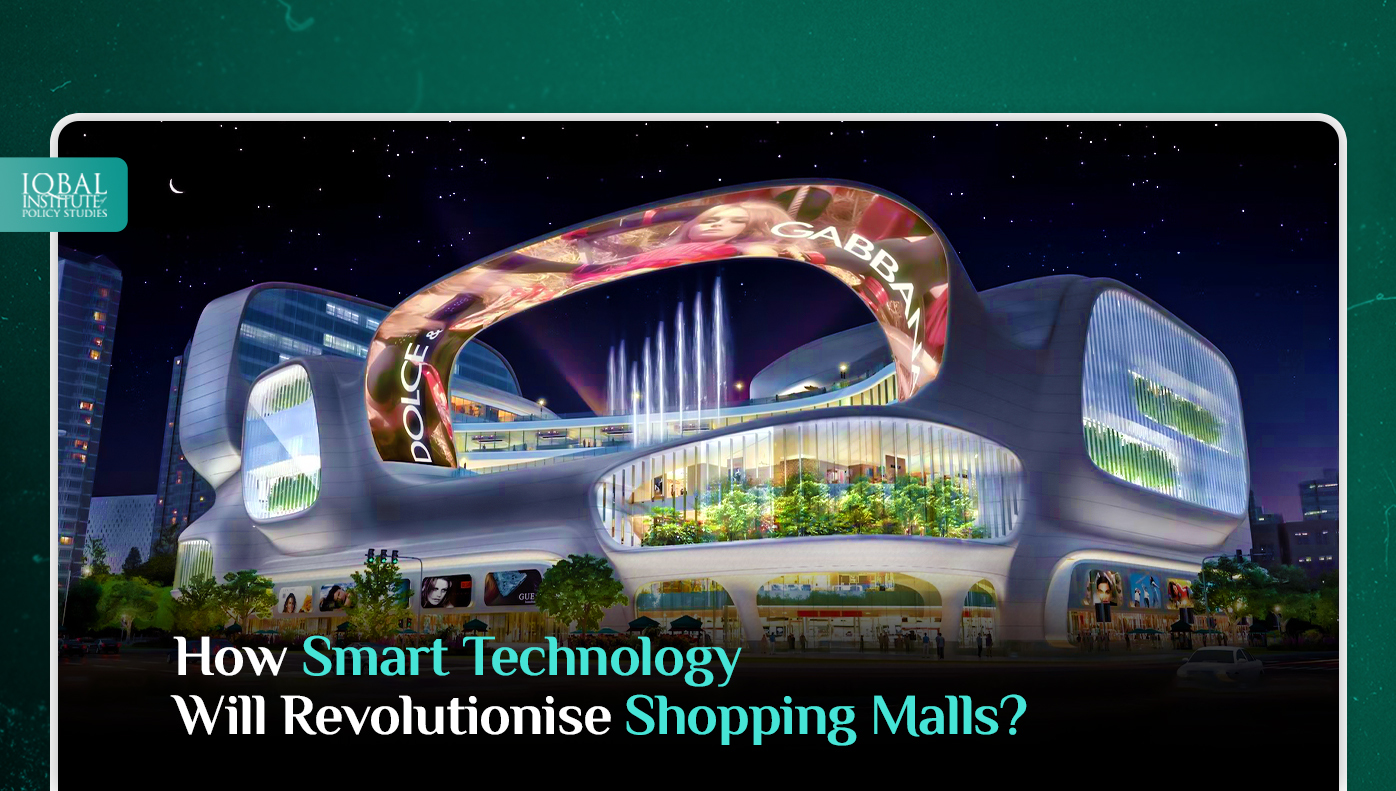
Leave a Reply